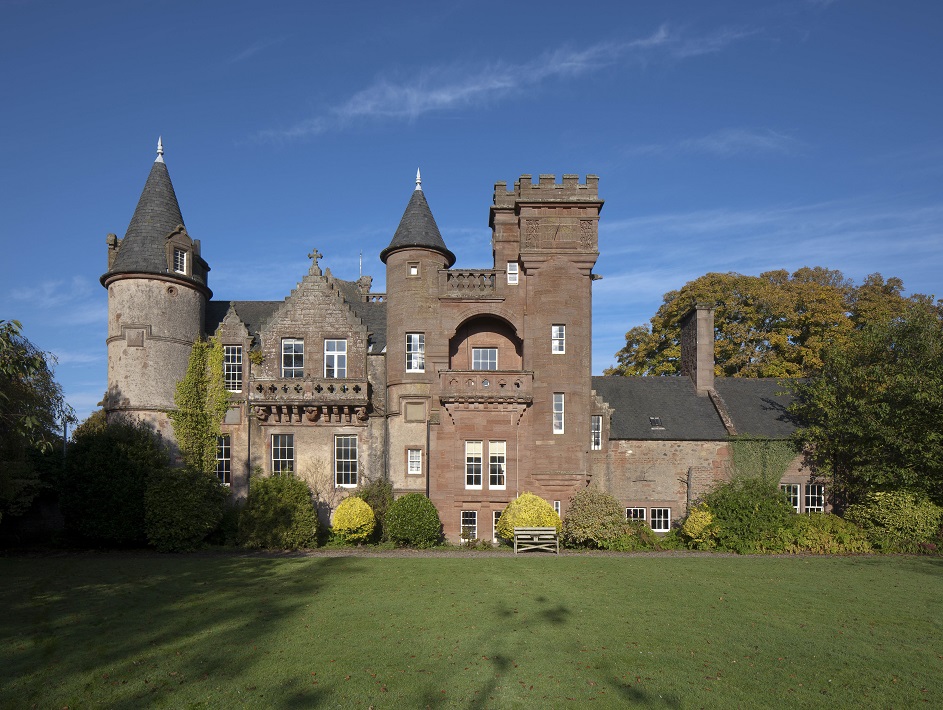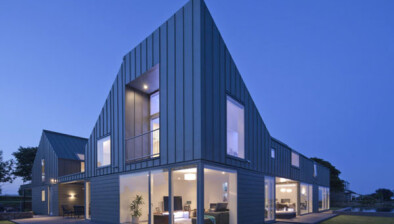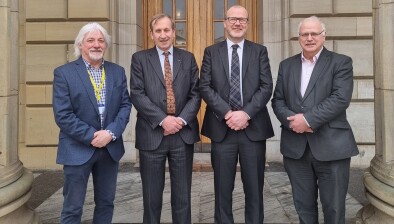Full business case approved for Hospitalfield House transformation
Plans to restore Hospitalfield House in Arbroath into a “world-class” tourism facility is set to get under way after the project gained support from the Tay Cities Deal.

The project is the first full business case to be approved by the Tay Cities joint committee which will result in the allocation of £5.5 million funding from the Scottish Government subject to the Tay Cities Deal being signed and a further £5.5m of complementary match funding being secured.
The redevelopment will see the heritage building, which the council describes as being “at considerable risk”, fully restored and accessible to the public. The Hospitalfield Trust aims to restore and enhance the residential, studio and visitor facilities to create a “world-class” cultural and tourism facility that is financially sustainable, and able to make a significant and long-term impact to the local, regional and national economies.
The Trust has appointed architects Caruso St John to develop the future development plan and vision, which is to create a campus around the original Arts and Crafts building. This will establish Hospitalfield House as a tourist destination whilst also creating an excellent studio, exhibition and residential facilities for artists and others to develop their work.
Working alongside will be landscape architect Nigel Dunnett, who has helped to move planting design and landscape horticulture from a largely cosmetic role, to one that is also central to the discussion of how to address the major problems of climate change and a sustainable future. He has worked on planting schemes such as the London Olympic Games, the gardens at the Barbican and the Buckingham Palace Diamond Garden, amongst other major projects.
The Scottish Government via the Tay Cities Region Deal has agreed to make available up to £37m to support a Regional Culture and Tourism Investment Programme that will invest in key economic assets in culture and tourism.
Transport, infrastructure and connectivity secretary, Michael Matheson, said: “I am pleased the Scottish Government is able to support this exciting scheme which will guarantee the future of an iconic building, create a world class facility and provide an economic asset. These are challenging times and the culture and tourism sector has an important role to play in our economic recovery.
“The Hospitalfield Project is part of the Scottish Government’s wider commitment to the region, which has seen us contribute £150m to the Tay Cities Region Deal.”
Leader of Angus Council, Cllr David Fairweather, who is also a member of the Tay Cities joint committee, said: “Hospitalfield House is a place of huge significance in Angus and I am delighted to see its future assured, not only as an outstanding visitor attraction but as a centre of artistic excellence with an international reputation.
“This is an extremely exciting, visionary plan which has attracted talented, internationally renowned contributors. It is exactly the calibre of project that the Tay Cities Deal was designed to support, and I would like to congratulate the committee on approving this scheme. I am sure that Patrick Allan-Fraser would be delighted that his legacy will continue to have a lasting impact on Scotland’s contribution to the artistic world.”
Ms Lucy Byatt, director of Hospitalfield House, added: “The Tay Cities Deal offers an opportunity to realise an extremely ambitious future for Hospitalfield; the Trust has a vision for a cultural organisation fit for the 21st century, a model that provides access to the heritage story of the site and continues to provide time and space for artists across disciplines, yet rooted in the visual arts, to make and show new work.
“This is a visionary plan for a working dynamic campus. It is so exciting to have access to the funds to creating the world-class facility that we have been planning. With much credit to the great designers and architects that we have been working with, together we are creating a very special cultural destination in Angus that will contribute so much to the local, regional and national economy. This could not be more wonderful news.”
The five-year capital investment programme be delivered in three phases:
- Phase 1 – Accommodation, Artist Studios and the Garden, Fernery and Café
This phase will see the restoration of existing and the creation of new visitor accommodation, will made widely available beyond the artistic programme. Also included within this phase is the restoration of the historic 19th and 20th century artist studios and the development of a new, digital 21st century digital studio and, finally, the restoration of the 19th century glazed fernery and walled gardens along with the creation of a glass house café in the south facing corner of the walled gardens.
- Phase 2 – Mortuary Chapel
This phase will see the restoration of a remarkable building and enable it to be open and accessible to the public.
- Phase 3 – The House, the Visitor Experience and the Collections
This phase will involve the restoration of the House and the heritage collections alongside the development of a new reception building, study centre, shop and gallery exhibition space.














